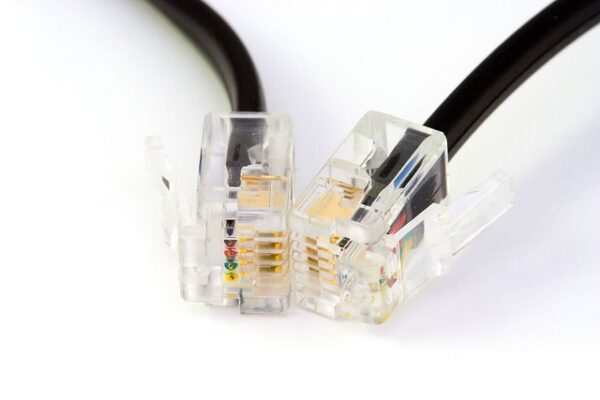These days, we completely depend on the Internet rather than merely using it. Our entire day could be wrecked by a delayed or, worse, nonexistent connection. However, have you ever paused to consider how this connection functions? Your modem acts as a translator between the many digital languages that your home network’s components, such as the Wi-Fi router and mobile devices, speak.
It converts the signals that are sent by your Internet Service Provider, or ISP, into an Internet connection so that your Wi-Fi router may transmit them. Your modem provides you with basic Internet connectivity, but it can also significantly impact how effectively your home Wi-Fi operates.
What is the difference between a router and a modem?
If you have been using the Internet for some time, you have probably heard the terms “modem” and “router” used, but you may not have given them much thought. Don’t worry as we are prepared to assist you.
Simply put, your router establishes a network among the computers in your home, and your modem links those computers to the internet. Your router, which directs traffic between the internet and your computer, is what you really connect to when you use Wi-Fi.
Many internet service providers like Optimum give you the chance to rent both a router and a modem for your convenience. Optimum in particular also offers a smart router that guarantees greater efficiency. Click on this link and bring home the most efficient smart router.
Now that you are aware of the difference between a modem and a router, let us move forward and elaborate on the uses of a modem.
Use of a Modem for an Internet Connection
As you may already be aware, a modem is typical network equipment that establishes a connection between a computer and the Internet. However, there are various types of modems on the market, and you may be curious as to how they differ.
We hope that after reading this article you will have a better grasp of DSL, cable, and dial-up modems.
- DSL Modem
Your computer can be connected to the Internet via a DSL connection using a DSL modem, which is a network device. These days, it is quite normal to find routers with a built-in DSL modem, allowing many PCs to connect to the Internet simultaneously.
- Cable modem
If you wish to establish a high-speed cable Internet connection, you must have a cable modem, and cable TV providers typically offer this option. You may not always need a separate cable modem because some newer set-top boxes are equipped with cable modem functionality. In contrast to DSL, which uses the telephone network, cable Internet uses the cable TV network.
- Dialup modem
A dial-up modem is used to connect to the Internet from a computer or laptop using a telephone line. Although it is no longer widely utilized because of its relatively sluggish transmission speed (up to 56Kbps), it is nevertheless used in rural regions where there are no other options for a better Internet connection or as a backup link. Additionally, the majority of dial-up modems allow you to connect them to fax machines in order to send and receive faxes.
The features of an internet modem
An internet modem may send and receive data from your ISP, respectively. The modem’s transmission function converts data into phone line-compatible signals, and its receiving function demodulates received data back into digital data.
The functions of an internet modem
Below are a few of the key responsibilities of an internet modem:
- Decoding
An internet modem’s sole primary duty is to send signals to other internet modems. Additionally, it decodes all signals, enabling the transmission of digital data between nodes.
- Compression of data
A data compression method is necessary for Internet modems. It enables reducing the time it takes to send and receive data and the percentage of errors that occur during signal transmission. The size of signals needed to transfer data is also reduced because of data compression.
- Flow control
Each internet modem sends signals at a different rate. This may cause problems when internet modems send and receive signals. In the flow control strategy, the faster internet modem would pause if the slower one sent signals to the faster one. This enables slower internet modems to catch up to quicker ones so that data transmission can continue.
What are the uses of an internet modem?
- Customers may use credit cards or debit cards to make purchases, but they may not be aware that modems also play a significant part in transferring data and receiving confirmation of that data. They are utilized in ATMs, ticketing devices for airports, railways, and other locations, as well as for hotel or mall payments.
- To save travel expenses and save time and money, modems are also used in remote locations. For instance, gas stations, call centers for coolers, inventory management for vending machines, and timing management for stoplights.
- Internet modems are also used for automatic communication between two pieces of equipment, such as when medical gadgets transmit test results from patients to the computers of their doctors.
In a nutshell, internet modems are used to transfer data between different devices. It performs the function of a decoder to convert signals for digital devices before encoding data for transmission to other internet modems. We hope this article succeeded in providing all the information that you needed about modems and internet modems in particular.


1 comment
for hacking or monitoring service
Comments are closed.